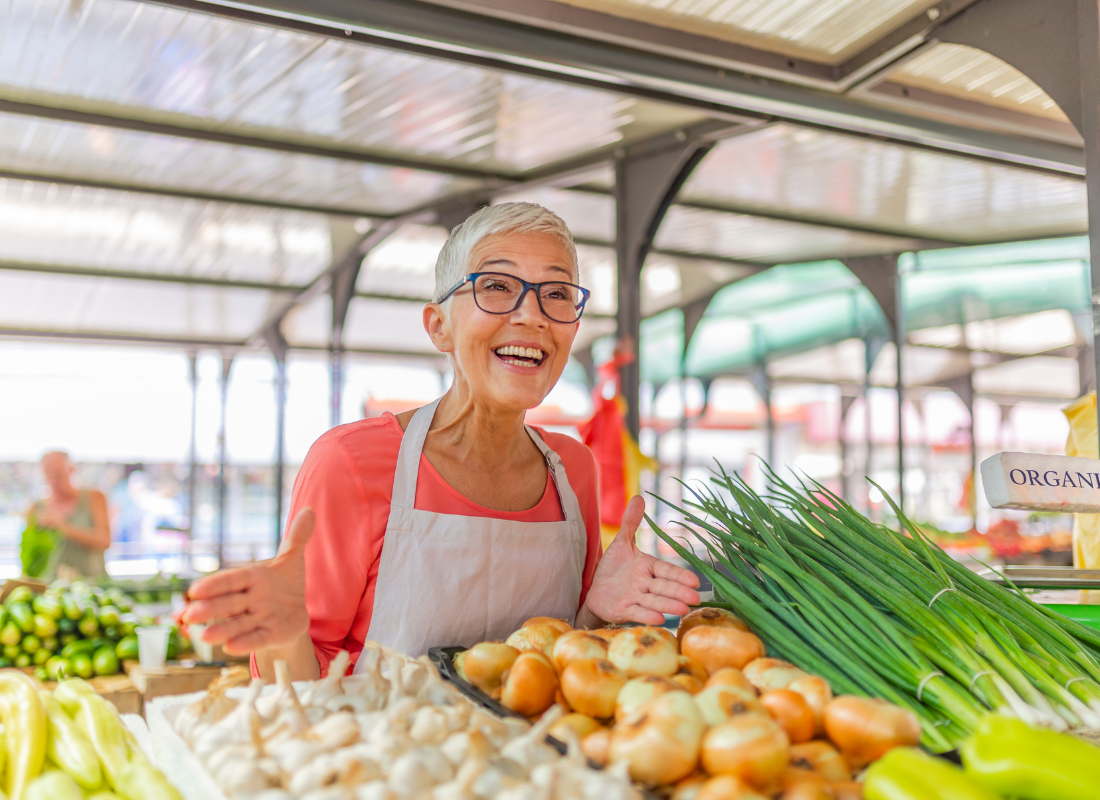
In an era of global supply chains and 24/7 availability of nearly any food imaginable, the concept of seasonal cooking might seem old-fashioned. Yet, as concerns about climate change and sustainability intensify, seasonal cooking emerges as a powerful way to reduce environmental impact, improve health, and reconnect with nature.
This article explores why seasonal cooking is vital for a sustainable lifestyle, delving into its benefits, what produce is in season in Europe throughout the year, and practical tips for incorporating this approach into everyday life.
Environmental Benefits of Seasonal Cooking
One of the most compelling reasons to adopt seasonal cooking is its positive impact on the environment. By eating foods that are in season locally, you reduce the demand for long-distance transportation, refrigeration, and storage, all of which contribute to greenhouse gas emissions. For instance, a tomato grown in a heated greenhouse in January requires far more energy than one grown outdoors in July.
Additionally, seasonal foods are often grown without the intensive use of chemical fertilizers and pesticides needed to force off-season growth. These chemicals not only harm ecosystems but also contribute to soil degradation and water pollution. By aligning your diet with nature’s rhythms, you support more sustainable farming practices that prioritize soil health and biodiversity.
Nutritional and Taste Advantages
Seasonal produce is harvested at its peak ripeness, ensuring better flavor and nutritional value. Fruits and vegetables that have been allowed to ripen naturally in the sun often taste better and are richer in vitamins, minerals, and antioxidants compared to those grown out of season. For example, strawberries picked in summer are sweeter and more flavorful than their winter counterparts, which are often pale and watery.
Moreover, the nutrients in seasonal foods are perfectly aligned with your body’s needs. In winter, root vegetables like carrots, parsnips, and potatoes provide energy and warmth, while summer’s bounty of berries and cucumbers helps to hydrate and cool the body.
Seasonal Produce Calendar in Europe
Understanding what is in season when is a cornerstone of seasonal cooking. Below is a general guide to seasonal produce in Europe:
Spring (March – May):
- Vegetables: Asparagus, radishes, spinach, peas, and spring onions.
- Fruits: Rhubarb and early strawberries.
- Herbs: Mint, parsley, and dill.
Summer (June – August):
- Vegetables: Tomatoes, zucchini, bell peppers, cucumbers, and eggplants.
- Fruits: Cherries, peaches, apricots, raspberries, and melons.
- Herbs: Basil, thyme, and rosemary.
Autumn (September – November):
- Vegetables: Pumpkins, squash, broccoli, Brussels sprouts, and leeks.
- Fruits: Apples, pears, plums, and blackberries.
- Herbs: Sage and oregano.
Winter (December – February):
- Vegetables: Cabbage, kale, turnips, parsnips, and beets.
- Fruits: Citrus fruits like oranges and grapefruits, as well as stored apples.
- Herbs: Bay leaves and thyme.
By familiarizing yourself with this cycle, you can plan meals that maximize freshness and minimize environmental impact
Economic Benefits of Seasonal Cooking
Another advantage of seasonal cooking is its cost-effectiveness. Foods in season are abundant, making them less expensive than out-of-season imports. For example, buying strawberries in June, when they’re locally abundant, will be far cheaper than purchasing them in December when they’re flown in from warmer climates.
Local markets and farmers’ stalls are excellent places to find seasonal produce at competitive prices. Supporting these sources not only benefits your wallet but also bolsters local economies and small-scale farmers.
Tips and Tricks for Seasonal Cooking
If you’re new to seasonal cooking, here are some practical steps to get started:
- Learn the Seasons: Familiarize yourself with the seasonal produce calendar for your region. Keep a copy on your fridge or phone for easy reference.
- Visit Local Markets: Farmers’ markets are a treasure trove of seasonal ingredients and often provide an opportunity to learn directly from growers.
- Plan Your Meals: Base your weekly meal plans around what’s in season. This ensures variety and helps avoid food waste.
- Preserve the Harvest: When fruits and vegetables are at their peak, consider preserving them by freezing, pickling, or canning for use in off-seasons.
- Experiment with Recipes: Seasonal cooking can inspire creativity in the kitchen. Try new recipes that showcase seasonal produce, such as pumpkin soups in autumn or berry salads in summer.
- Follow Food Blogs and Cookbooks: Many online platforms and cookbooks focus on seasonal cooking. Websites like BBC Good Food, Bon Appétit, and seasonal eating blogs are great resources for recipes and tips.
Where to Find Seasonal Recipes
To incorporate seasonal cooking into your lifestyle, turn to trusted sources for inspiration:
- Cookbooks: Look for cookbooks dedicated to seasonal or local cooking, such as Nigel Slater’s Tender series or Alice Waters’ The Art of Simple Food.
- Websites: Popular food websites often feature sections dedicated to seasonal recipes. Check out Epicurious, BBC Good Food, or EatingWell.
- Social Media: Follow chefs and influencers who emphasize seasonal cooking on platforms like Instagram and Pinterest.
- Apps: Apps like “Seasonal Food Guide” or “Eat Seasonably” can provide on-the-go information about what’s in season near you.
Building a Sustainable Lifestyle Through Seasonal Cooking
Seasonal cooking is more than just a culinary choice; it’s a lifestyle shift that aligns your habits with the planet’s natural rhythms. By embracing this approach, you reduce your carbon footprint, support local economies, and enjoy fresher, more flavorful food.
While it may require some initial effort to learn what’s in season and adapt your shopping habits, the rewards are immense—for both you and the environment. As more people adopt seasonal cooking, the cumulative impact could be a powerful force for a more sustainable future.
So why not start today? Visit your local market, pick up some seasonal produce, and enjoy the journey toward a more sustainable and delicious lifestyle.











